Analytical Techniques - Types of NMR: Carbon 13 (A-Level Chemistry)
Types of NMR: Carbon 13
¹³C NMR
¹³C NMR is much easier to analyse than ¹H NMR.
This is because ¹³C nuclei are much less abundant and are unlikely to bonded to each other and cause complications.
Determining the Number of Carbon Atoms.
The number of peaks on a ¹³C NMR spectrum tells you how many different carbon environments are present in a particular molecule.
Each peak represents one carbon environment.
Example: Ethanol
Consider the molecule ethanol as shown in the diagram. Each carbon atom is attached to different atoms and has different environments
Therefore, there are two peaks shown on the ¹³C NMR spectrum as shown.
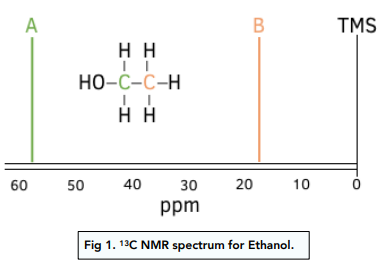
So, the first step in analysing a ¹³C NMR spectrum is to determine the number of peak, aka. the number of different C environments.
Worked example: How many peaks on the ¹³C NMR would you expect on the molecules below?

Molecule A:
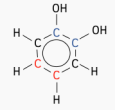
Each C atom attached to the OH are in the same chemical environment, as their environments are the same. They are coloured blue.
Each C atom next to those attached to the C-OH are also in identical chemical environments, but different to the C OH. They are coloured black.
The remaining C atoms are also in identical C environments but different to the other two. They are coloured red.
There are 3 peaks on the ¹³C NMR spectrum.
Molecule B:
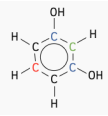
The two carbon atoms shown in blue are in the same chemical environment.
The two carbon atoms in black are in the same chemical environment, but different to the two blue C atoms.
The C atom in green is different to the one in red, as it is adjacent to two C-OH bonds.
There are four different environments, so 4 peaks will be observed.
Molecule C:
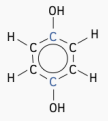
The two C atoms in blue are in the same environment.
The remaining 4 carbon atoms in black are in the same chemical environment, each adjacent to a C-OH bond.
There will be 2 peaks on the ¹³C NMR spectrum.
Using the ¹³C NMR Spectrum
The ¹³C NMR spectrum shows peaks at points depending on what types of groups the C atoms are bonded to.
The more electronegative the group the C atom is attached to, the higher the chemical shift and further away it is from TMS standard at 0 ppm.
The data you will be given for the ¹³C NMR chemical shift values are:
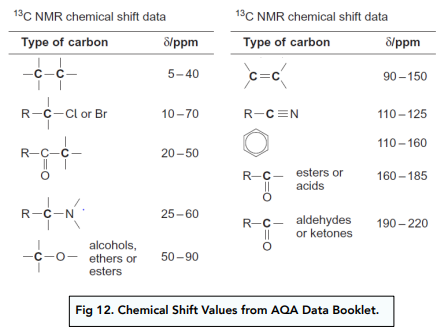
To use the AQA (or any other exam board) table and the spectrum:
- Count the number of peaks. Count the number of peaks to work out the number of different carbon environments
- Match up the peaks with the chemical shift values. Match up the peaks in the spectrum with the chemical shifts to determine which carbon environments are present.
- Collate different information. Sometimes the chemical shifts can overlap, so you need to use other information in the question to determine the correct group.
Worked example: Use the ¹³C NMR spectrum and data to deduce three conclusions about the molecule the spectrum relates to. The molecule is a cyclic compound and has the molecular formula of C₆H₁0O₂.
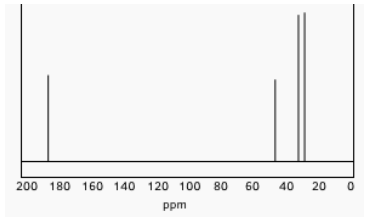
Answer:
There are four peaks so four different environments for the C atoms.
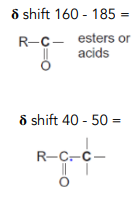





Still got a question? Leave a comment
Leave a comment